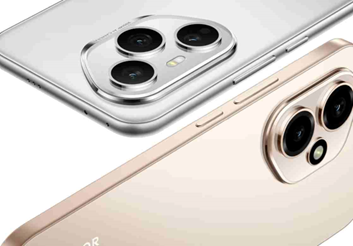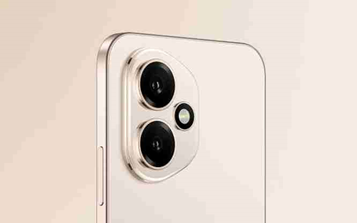What Is the Ideal Screen Size for Phones?
Smartphone screen size, like the HONOR 400 Smartphone, plays a major role in how users experience their devices. From one-handed texting to watching full-length videos, screen dimensions impact comfort, usability, and overall satisfaction. While personal preference always matters, certain screen size ranges suit specific types of users better than others. Finding the ideal size means balancing portability, functionality, and visual clarity based on how you actually use your phone.
Different Sizes Serve Different Needs
Not everyone uses their phone the same way. The best screen size depends on your habits—whether you browse casually, multitask, or create content.
Smaller Phones Offer Comfort and Convenience
Phones with screens between 5.8 and 6.1 inches work best for users who value portability. These devices fit easily in pockets and feel comfortable in one hand. Typing with your thumb, reaching the top of the screen, and operating the phone without adjusting your grip becomes much easier. For users who call, message, and check social apps more than they stream or game, a smaller screen offers all the essential functions without added bulk. Compact phones are also ideal for people with smaller hands or those who use their phone frequently throughout the day and want a lightweight option. However, smaller screens may limit the viewing experience for videos or multitasking. Split-screen modes or reading dense documents can feel cramped. If content consumption matters more than compactness, consider stepping up in size.

Mid-Sized Phones Balance Viewing and Handling
Screens between 6.1 and 6.5 inches hit a sweet spot for most users. This range offers enough space to enjoy media, type comfortably, and switch between apps without sacrificing mobility. Most mainstream smartphones now fall into this category, reflecting their wide appeal. Mid-sized displays provide a solid viewing experience without requiring two hands at all times. They support multi-window functions and are great for video streaming, light gaming, and reading. These phones also offer more battery room and advanced camera setups thanks to slightly larger bodies. For people who want versatility without feeling like they’re holding a tablet, this range fits almost every lifestyle. It’s ideal for those who want a bit of everything—entertainment, communication, and productivity.
Larger Phones Focus on Media and Multitasking
Screens over 6.5 inches cater to users who prioritize media consumption, gaming, or productivity. These devices provide wide viewing angles, immersive video quality, and easier multitasking through split-screen features. If you often edit documents, play games, or watch videos in high resolution, a larger screen enhances the experience significantly. Phablets or phones close to 7 inches often replace tablets for some users. They’re perfect for creatives, business professionals, or content consumers who want to do more without switching devices. The trade-off comes with less portability. These phones are harder to use one-handed, store in smaller pockets, or operate while on the move. Larger phones also weigh more, and extended use may cause hand fatigue. But for users who spend long hours on their phones and want a display that feels expansive, the benefits often outweigh the downsides.
How to Decide What Screen Size Works for You
Choosing the right screen size isn’t only about numbers—it’s about matching the phone to your daily habits and comfort preferences. Start by identifying your most common activities. If you text, browse, or make calls more than you stream or game, a smaller screen will likely meet your needs. If your phone serves as your primary entertainment device, aim for a mid-sized or large screen. Also consider where and how you use your phone. Frequent travelers or users on the move may prefer smaller devices that are easier to handle in tight spaces. Office workers or students might benefit from larger screens that support multitasking and video calls. Test how the phone feels in your hand. Can you reach the top of the screen with your thumb? Can you type comfortably without adjusting your grip? If not, the phone may be too large for your everyday needs. Some software features, like one-handed mode, help, but physical comfort still matters. Retail stores allow hands-on testing before buying. If that's not possible, compare the screen size with your current device and consider how that size has worked for you so far. Even small differences—like 0.2 inches—can affect how a phone feels.

Conclusion
The ideal screen size depends on how you live and use your device. No single size works for everyone. Compact phones offer convenience. Mid-sized phones provide balance. Large phones deliver immersion and productivity. Start with your priorities. Focus on comfort, usability, and how often you engage with media or multitasking. Bigger isn’t always better—but the right size always feels better. By matching screen size to your lifestyle, you’ll get more out of your phone every day.
